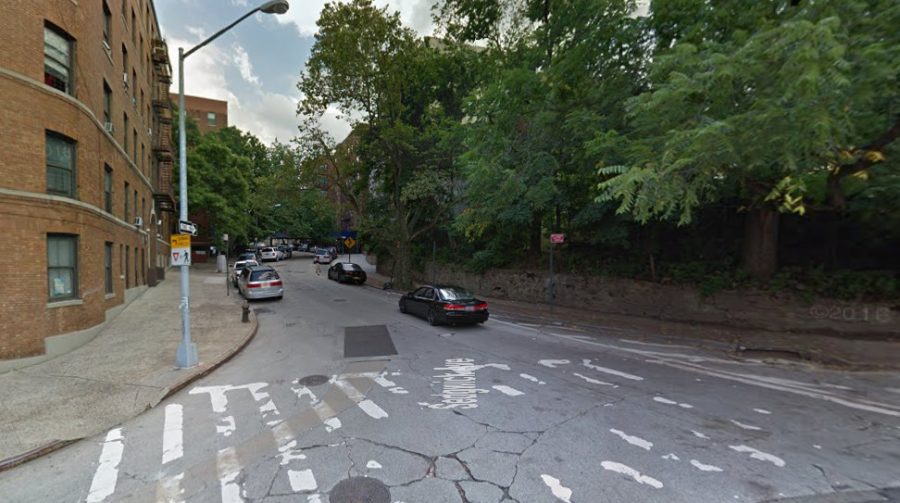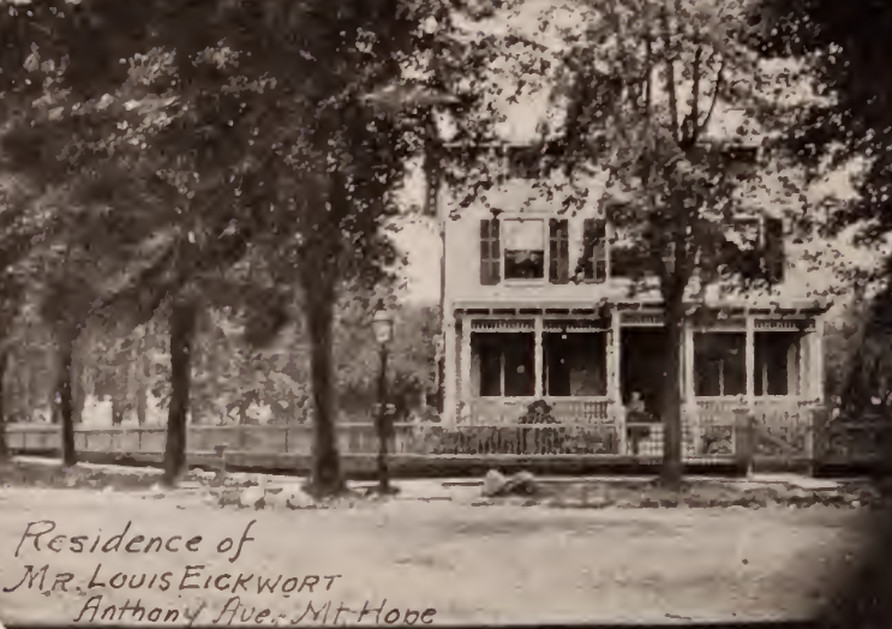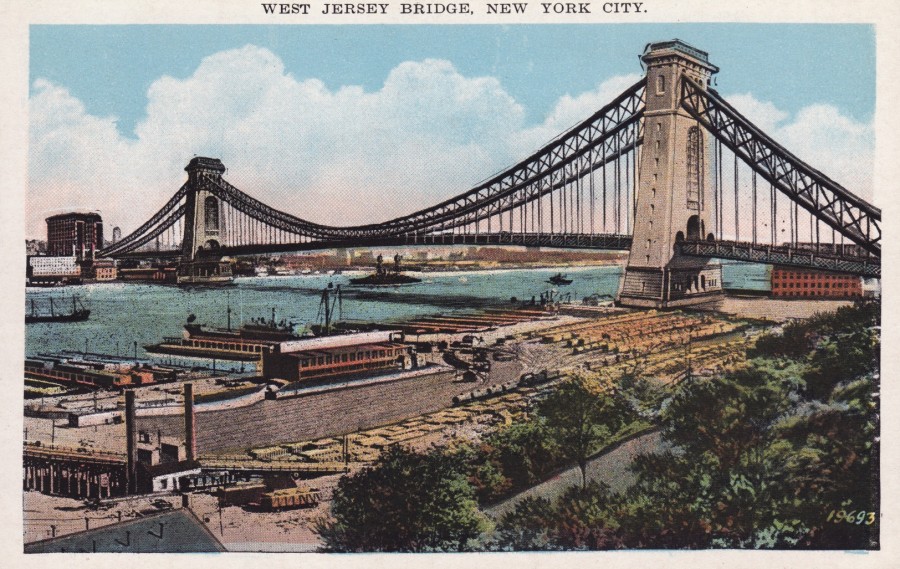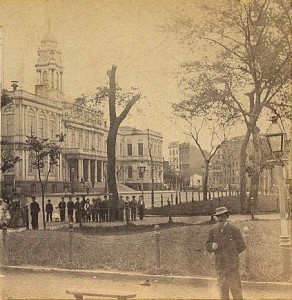The Bronx In 1897 – A Borough of Beautiful Homes

Hampden Street in Fordham Heights Bronx, NY in 1898. This view is looking east from Sedgwick Avenue towards Loring Place along West 183rd Street, (formerly Hampden Street). Every house in this photo is now gone, replaced by apartment buildings. The sole remaining structure is the stone wall on the right.
For almost anyone who grew up in the Bronx before World War II, they will recount happy memories of neighborhoods brimming with life and full of possibilities. But no one alive today remembers the Bronx when it was mostly undeveloped in the late 19th and early 20th century. Open land and spacious elegant houses dominated the landscape.
The Bronx was a conglomeration of about 50 villages, most of them rural in nature. In the grainy photographs you are about to see, many of the settings look like they could be in Ridgefield, CT or Smalltown, USA – but not the Bronx.
Now, with all the modern apartment buildings, public housing projects and ugly highways that have sprouted up in the last 60 years, these views of the Bronx will come as a surprise to many.
The book where these photographs originally appeared is The Great North Side or Borough of the Bronx by editors of The Bronx Board of Trade. After looking at these photographs, one thing is for sure: the Bronx will never again look as it did in 1897.
Accompanying the photographs, also taken from The Great North Side are the words of Egbert Viele (1825-1902), the famous engineer, surveyor and mapmaker. Viele’s genuine adulation for the The Bronx is readily apparent.
“The North Side of New York, i.e., the territory above the Harlem River, bears a similar relation to the city at large that the Great West does to the country — a land of great promise of infinite possibilities, and the seat of future empire.”
“No city in the world has such a wealth of public parks and pleasure grounds as lie within its area; no city in the world has such natural and economical advantages for commerce, or on so grand a scale.”
“None has a more salubrious climate, or such a variety of surface, nor has any other city such abundant facilities of passenger transit and land traffic.”
“Its resources are the resources of the continent, for behind it, and tributary to it, are all the products of the continent and all its commercial necessities.”
“Its growth is only limited by the growth and development of American civilization. Its position in the past and in the future has been fixed by nature’s fiat, and nothing but the upheaval of the continent, or its subsidence in the sea, can change the topographical and hydro-graphical conditions which have made it what it is, and which will make it, in a very limited period of time, the most populous, the most prosperous and the wealthiest city on the Globe.”

Homes on Vanderbilt Avenue and 180th Street, Union Avenue near 156th Street and Prospect Avenue near 156th Street, Bronx 1897














The Great North Side: Or Borough Of The Bronx is available free on archive.org.
https://archive.org/details/greatnorthsideor00durs/page/6/mode/2up
A lot of hard impressive work went into this — but it’s Olin J. Stephens, not Olio — his grandson, Olin Stephens II went on to become one of the world’s most prominent and visionary yacht designers. The elder Mr. Stephens owned a large coal company integral to the development of The Bronx. The back story of the Casanova Mansion is also interesting, too.
Wow! Quite a difference